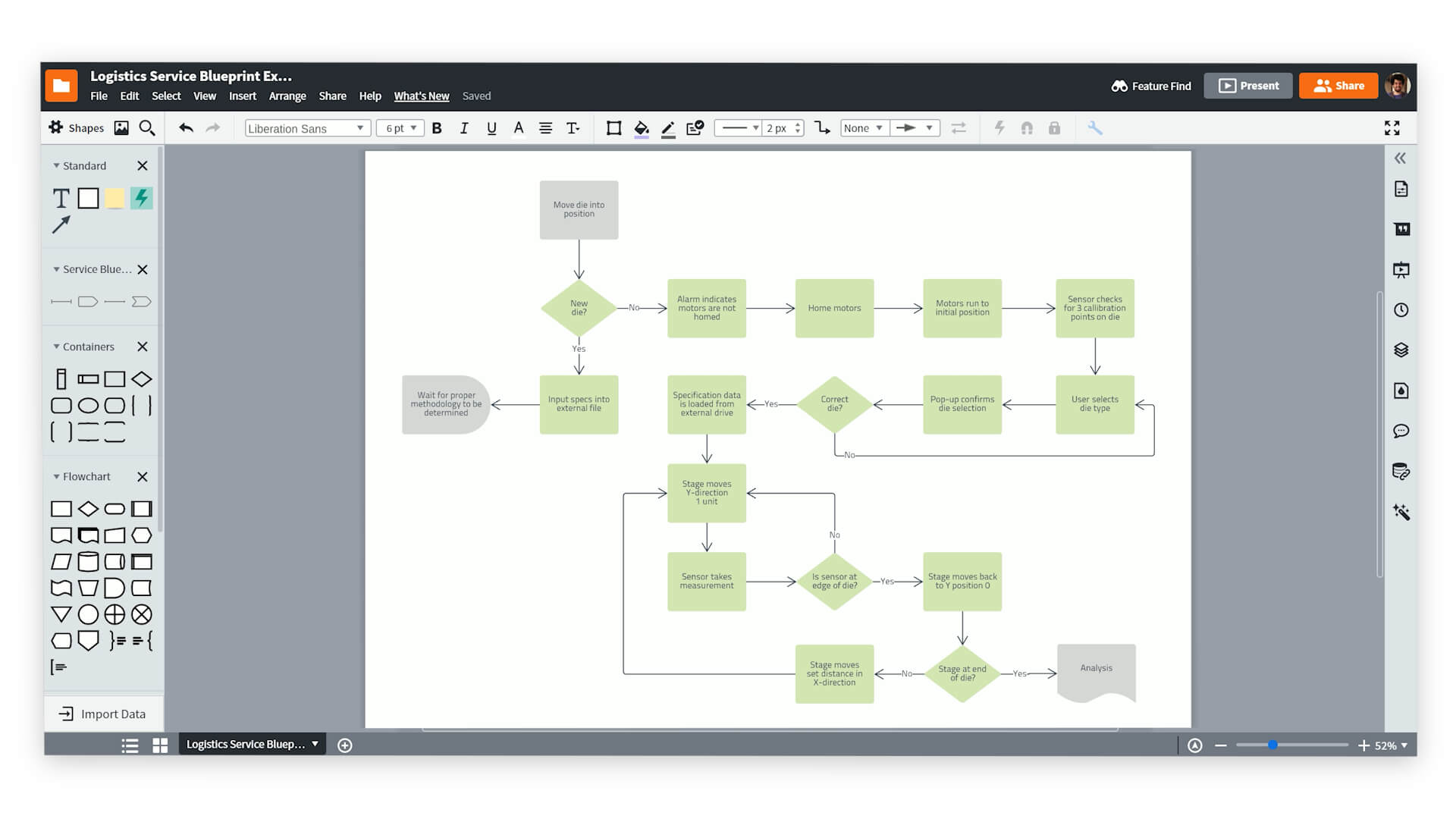Where To Start A Business: Mapping The Country's Best New Locations

Table of Contents
Analyzing Economic Indicators for Business-Friendly Locations
The economic health of a region significantly impacts a business's potential for success. Understanding key economic indicators helps you identify locations primed for growth.
Understanding Unemployment Rates
Low unemployment often indicates a strong local economy, with a ready pool of potential employees. A thriving job market translates to a larger customer base and a competitive advantage in attracting and retaining skilled workers.
- Examine regional unemployment data: Utilize resources like the Bureau of Labor Statistics (BLS) or your country's equivalent for detailed regional data.
- Compare rates to national averages: Identify regions performing significantly better than the national average, suggesting a robust local economy.
- Consider future employment projections: Look beyond current figures and analyze projections to identify areas with anticipated growth in employment opportunities.
Access this data from government websites and private sector economic reports. Understanding the trajectory of unemployment allows for informed decisions about long-term business viability.
Assessing Average Income and Disposable Income
Higher disposable income translates to greater consumer spending power, a significant factor for many businesses, especially those catering to consumer goods and services.
- Analyze income brackets within target demographics: Identify locations with a high concentration of your ideal customer's income bracket.
- Study consumer spending patterns in different regions: Use market research data to understand how much consumers spend and on what.
- Consider affordability of living for employees: Attracting and retaining talent requires considering the cost of living in the area. High salaries may be negated by equally high living costs.
Use census data and market research reports to gain insight into local consumer behavior and purchasing power. This information is key to projecting revenue and profitability.
Evaluating the Local Tax Climate
Lower taxes can significantly increase profitability. The tax burden on businesses varies considerably by location.
- Compare business tax rates across different states/regions: Investigate corporate income tax, property tax, and sales tax rates.
- Investigate property taxes and sales taxes: These can significantly impact operational costs.
- Factor in potential tax incentives or rebates: Many regions offer tax breaks to attract businesses, leading to cost savings.
Consult your accountant or tax advisor for professional guidance on the tax implications of different locations. Tax planning is crucial for long-term financial success.
Considering Infrastructure and Logistics for Business Operations
Efficient infrastructure is paramount for seamless business operations. Reliable access to transportation and communication networks is vital for smooth supply chains and effective communication.
Access to Transportation and Communication Networks
Efficient transportation and reliable communication are essential for smooth business operations, impacting both cost and efficiency.
- Analyze proximity to major highways, airports, and seaports: Easy access to transportation routes reduces shipping times and costs.
- Assess the quality of internet and telecommunications infrastructure: Reliable internet access is crucial for modern businesses.
- Investigate public transport accessibility for employees and customers: Convenient public transport can improve employee satisfaction and customer convenience.
Evaluate the ease of shipping goods and transporting employees, considering costs and time efficiency. This includes analyzing freight costs and potential delays.
Availability of Utilities and Resources
Reliable access to power, water, and other essential utilities is critical for business continuity.
- Research the reliability of local utilities: Investigate the frequency of power outages and water disruptions.
- Investigate potential costs associated with utilities: Utility costs can vary widely between regions.
- Ensure sufficient resources are available to support your business operations: Consider factors like access to raw materials or skilled labor.
Consider the possibility of utility outages and plan accordingly, assessing backup power solutions if needed. Resilience in the face of disruptions is a key element of successful business operations.
Evaluating the Local Demographics and Market Potential
Understanding the local demographics and market potential is crucial for determining whether a location is a good fit for your business.
Understanding Target Market Demographics
Matching your business to a suitable customer base is critical for long-term success. Thorough demographic analysis helps ensure your product or service appeals to the local population.
- Analyze population size and age distribution: Identify regions with a high concentration of your target demographic.
- Examine income levels and spending habits: Ensure the local population possesses the financial means to purchase your offerings.
- Identify dominant cultural trends and preferences: Tailor your business strategy to resonate with local culture and preferences.
Use market research to pinpoint your ideal customer profile and determine if your chosen location aligns with their demographics. This includes studying consumer behavior and market trends.
Assessing Local Competition and Market Saturation
Understanding the competitive landscape helps you assess the potential for success and identify opportunities for differentiation.
- Research existing businesses in the area: Identify your main competitors and analyze their offerings and strengths.
- Analyze their market share and success rates: Understand the current market dynamics and the level of competition.
- Identify any gaps or unmet needs in the market: Discover opportunities to offer unique products or services that fill a market need.
Conduct thorough competitive analysis to understand your positioning and potential for growth. Identifying a niche or underserved market segment can provide a significant competitive advantage.
Considering Local Regulations and Permits
Navigating the regulatory environment effectively is essential for avoiding legal issues and operating smoothly.
- Research local business licenses and permits: Identify all necessary licenses and permits required for operation.
- Investigate zoning regulations and building codes: Ensure your business complies with all relevant regulations.
- Understand environmental regulations and compliance requirements: Adhere to all environmental standards and regulations.
Consult with legal and regulatory experts to ensure compliance and avoid potential legal issues. Seeking professional guidance ensures a smooth and legal business launch.
Conclusion
Choosing the right location is a pivotal decision for any new business. By carefully analyzing economic indicators, infrastructure, demographics, and local regulations, you can significantly increase your chances of success. Remember to thoroughly research potential locations, leveraging available data and resources to make an informed choice. Don't delay your entrepreneurial dreams! Start exploring the best places to start a business today and find the perfect fit for your unique venture. Use this guide to help you find the best place for where to start a business and watch your company flourish!

Featured Posts
-
 Post Roe America How Over The Counter Birth Control Changes The Game
Apr 26, 2025
Post Roe America How Over The Counter Birth Control Changes The Game
Apr 26, 2025 -
 Ceos Sound Alarm Trump Tariffs And Economic Uncertainty
Apr 26, 2025
Ceos Sound Alarm Trump Tariffs And Economic Uncertainty
Apr 26, 2025 -
 Securing A Switch 2 Preorder The Game Stop Queue
Apr 26, 2025
Securing A Switch 2 Preorder The Game Stop Queue
Apr 26, 2025 -
 The Next Fed Chair Inheriting Trumps Economic Challenges
Apr 26, 2025
The Next Fed Chair Inheriting Trumps Economic Challenges
Apr 26, 2025 -
 Trumps First 100 Days A Rural Schools Perspective 2700 Miles From Dc
Apr 26, 2025
Trumps First 100 Days A Rural Schools Perspective 2700 Miles From Dc
Apr 26, 2025
